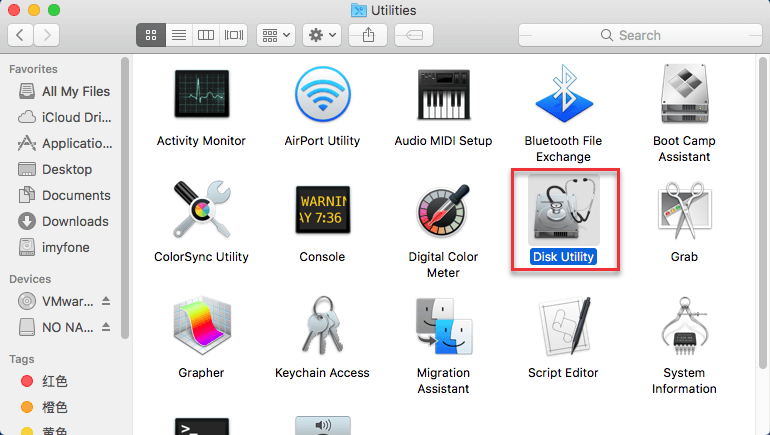


APFS or APFS Encrypted disks are the preferred formats. Time Machine can’t back up to a disk formatted for Windows (FAT and NTFS). Likewise, ensure that your disk file system is compatible with Time Machine.Ensure that your backup disk is supported by Time Machine.You can check for updates and update your Mac by going to System Preferences > Software Update.

Ensure that your Mac is running the latest version of macOS.Make sure that your backup drive is properly connected (if you are using a network, ensure that your Mac and disk are on the same network) and turned on and plugged into a power source.Restart your Mac and then try again (Apple menu > Restart).There can be several reasons why you may have issues with it. Backups are great way to keep your data protected. If you can spare more space, definitely do so.Time Machine is Apple’s built-in backup technology. However, you shouldn't go smaller than double the size of your Mac.įor example, if you have a 128GB MacBook, you should allocate at least 256GB for Time Machine backups. If you don't want years' worth of backups, you can reduce this size as you see fit. We recommend that you allow two to four times the size of your Mac's internal drive. When you partition your hard drive, you get to choose how much space to allocate for your Time Machine backups. You can make a Time Machine backup after partitioning the drive, but your backup history will restart from that point forward. That means you may lose any existing Time Machine backups. Unfortunately, creating a new partition often erases your external drive. You even need to eject each partition separately before you can safely unplug your drive. They have distinct names, varying amounts of storage, and can use different formats. Your external hard drive is no exception it has moving parts that read and write data, which can give out over time.Īfter you partition a hard drive, your Mac sees each partition as a separate drive. The more you use a mechanical item, the more likely it is to fail. Be Careful When Storing Files on Your Time Machine Drive You might not care to have extensive backups of files you deleted years ago, in which case there are better uses for your external drive. The downside to Time Machine's historic backups is that the oldest files remain on your drive until it runs out of storage. Obviously, that isn't particularly useful. With this method, you'd have no way to retrieve a deleted file if you already made a new backup. In contrast, the alternative to historic backups is to overwrite the previous files every time you back up your Mac. Thanks to these historic backups, you can travel back in time to restore your Mac's data from days, weeks, or months ago. This means it keeps older copies of files even after you edit or delete them, until a time when you need more storage for newer backups. Time Machine works by creating historic backups of your Mac.


 0 kommentar(er)
0 kommentar(er)
